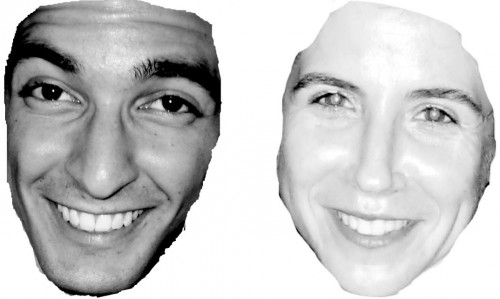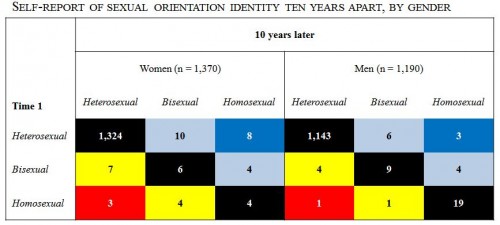 Naama Nagar tweeted us an interesting video commentary about hipsters. In it, Mike Rugnetta uses Pierre Bourdieu’s idea of cultural capital to describe the difference between nerds and hipsters.
Naama Nagar tweeted us an interesting video commentary about hipsters. In it, Mike Rugnetta uses Pierre Bourdieu’s idea of cultural capital to describe the difference between nerds and hipsters.
This is a topic I’ve enjoyed thinking about myself (on CNN and here at SocImages). I think Rugnetta makes an interesting argument that resonates with the observations of sociologists: being a hipster is about borrowing other people’s authentic cultural signifiers as their main or only consistent cultural practice. Check it out:
Lisa Wade, PhD is an Associate Professor at Tulane University. She is the author of American Hookup, a book about college sexual culture; a textbook about gender; and a forthcoming introductory text: Terrible Magnificent Sociology. You can follow her on Twitter and Instagram.







